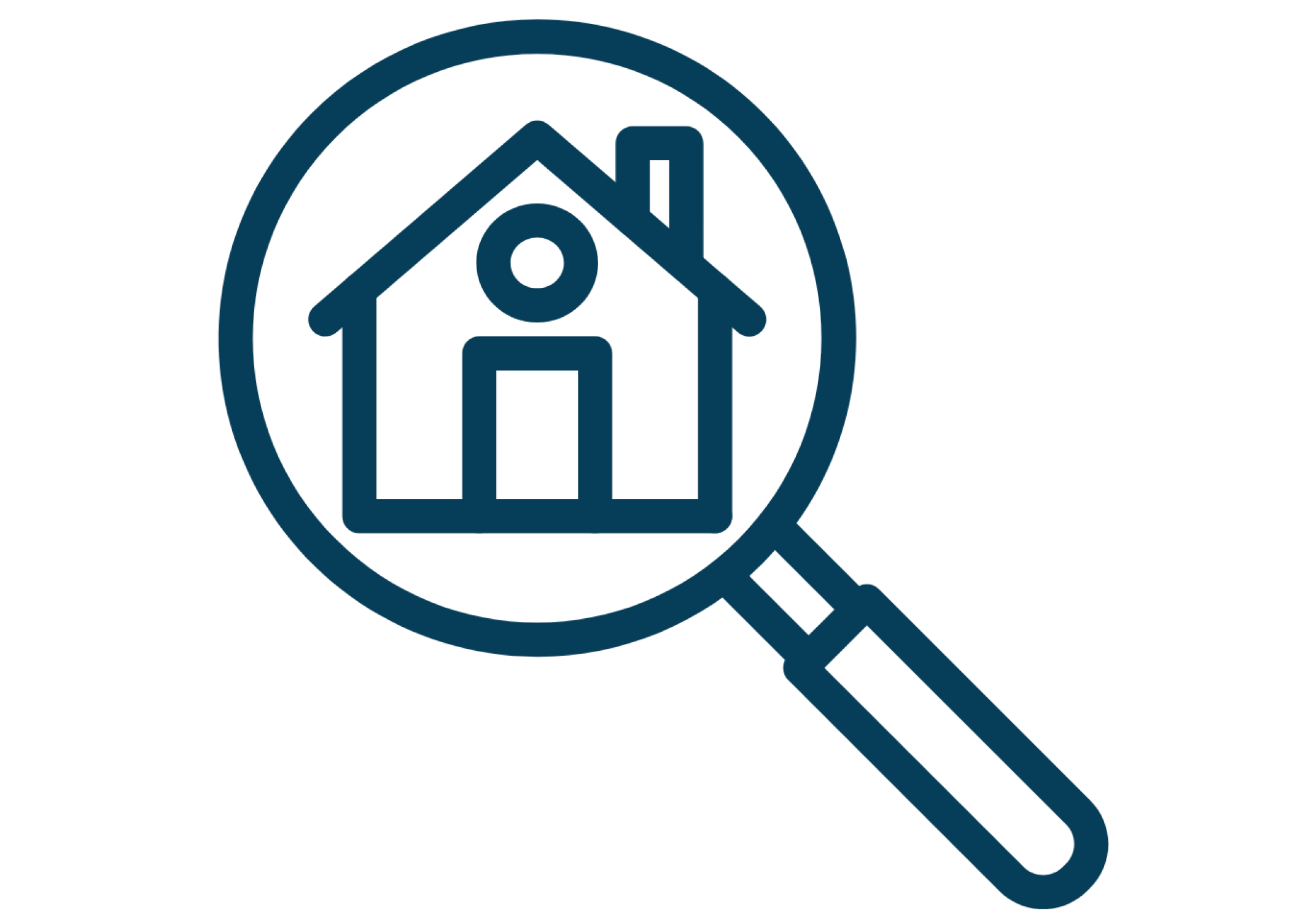The following piece was written by Access to Justice Fellow John Carroll. As an Access to Justice Fellow, John is working with the Equal Justice Coalition (EJC) to create an accurate account of the origins of civil legal services in Massachusetts. Over the past year, John has interviewed many individuals within the legal aid community and has conducted his own research. Ultimately, he plans to author multiple pieces detailing the history of legal aid in Massachusetts and outlining the many services provided by the 14 civil legal aid programs funded by the Massachusetts Legal Assistance Corporation (MLAC). The EJC, MLAC, and other civil legal aid organizations will use his work for outreach, legislative advocacy, and further educational efforts.
“Equality before the law is a matter of right.
It cannot be a matter of charity, or of favor, or of grace, or of discretion.”
– Wiley Rutledge, Associate Justice, Supreme Judicial Court (Federal) 1939-1949
Boston has many identities, from the “cradle of liberty,” to the “City on a Hill,” to the “Athens of America,” and so on. One identity less recognized is as the cradle of the idea of a systematic service of legal representation for those least able to afford it. Starting in the nineteenth century, a smattering of law offices arose, principally in the cities of the eastern seaboard awash in immigrants. “Legal Aid” societies were formed, usually by lawyers of similar immigrant background, designed to help their own acclimate themselves in America. German Legal Services in New York, for example, formed in the late 1800s just for that reason.
Boston was unique. From its birth, there was a sense of “Noblesse Oblige,” most conspicuously embodied in John Adams’ defense of the British soldiers involved in the Boston Massacre, even before the country was independent. That spirit carried forward after the revolution. As Boston grew to economic prominence, its law firms followed. As law firms flourished, the leading law firms cultivated a spirit of legal services for those least able to afford it, and usually most in need. This carried forward through the entire 1800s.
Around 1919 something happened that changed the course of legal representation of the poor throughout America. A young man, Reginald Heber Smith, was a freshly minted lawyer just out of Harvard law in 1914. He went to work for what was then the Boston Legal Aid Society as general counsel. Although he only stayed there 4 years, he became inculcated with the sense of obligation attorneys had to ensure equal justice to all citizens, regardless of their ability to pay for such service. In 1918 he went on to Hale and Dorr, a law firm within the inner circle of the Boston legal community. But his sense that access to justice could not be purchased, that it was a matter of right, moved him to compassion. So, in 1919, he published what was to become Gideon’s trumpet to legal service to the poor: “Justice and the Poor.” It was essentially a study of the woeful state of American lawyers to act upon the bedrock ideas of equality stated and implied in the founding documents of our country. To shorten the story, the bars across the country responded. In every major city legal service offices were opened, largely underwritten by the local chapters of the bar.
Boston was no exception. In fact, Boston was the beacon and bellwether of such progressive services. However, there was no overarching structure to the various programs. That all changed with Lyndon Johnson’s “Great Society” and “war on poverty” in 1965. Lyndon Johnson created the Office of Economic Opportunity and appointed a surprised and unprepared Sargent Shriver to be its first Director. He was writing on a clean slate with a free hand. Acting on the notion that access to justice was a necessary instrument to economic opportunity, he authorized grants to scores of legal groups across the country. They were to hire attorneys whose mandate was to serve the poor, which they did. In some quarters it was thought they served the poor too well, especially when those bright young lawyers conceived of “impact” litigation which sought redress for the poor against entrenched business.
Johnson was followed by Richard Nixon, who did not share Johnson’s enthusiasm for the legal service programs. What ultimately followed were rollercoaster budgetary battles in Congress, depending on the priorities of the then president.
Back in Boston, the Boston Legal Aid Society, in the early 1970s, merged with the Boston Legal Assistance Program, ultimately forming the entity we know today as Greater Boston Legal Services (GBLS). GBLS carries on the same work as its forbears, and just as well. It is at the forefront of legal services to the poor, especially in the fields of family law, housing, public benefits, and bankruptcy.
By way of illustration, GBLS attorneys, under the direction of Lauren Song and former Executive Director Bob Sable, recently mobilized a coalition of city agencies, tenancy advocacy groups, and law firms to challenge a notorious slum landlord in bankruptcy court and to create 59 new permanently-affordable housing units in the City of Boston, while protecting over 40 low-income, elderly and disabled tenants from homelessness and displacement. The team, applying some truly creative and collaborative lawyering, secured a ruling from the Bankruptcy Court that the landlord’s properties could be acquired by a nonprofit developer that was backed by the tenants. Although the nonprofit’s cash bid was more than $1 million lower than the for-profit competitors’ cash bids, the Bankruptcy Court affirmed that it was a higher and better bid when considered in conjunction with the conditional waiver of the tenants’ claims–estimated at $3.5 million–against the landlord’s bankruptcy estate.
Greater Boston Legal services enjoys a storied place in Boston’s legal heritage. It traces its roots from the ideas and actions of this city’s legal community. It is approaching its hundredth year of continuous service to those least able to afford legal representation, yet in most need of it. Working in harmony with the highest echelons of the Boston Bar, it has continuously served the highest aspirations of our American experience. At a time when some of our most cherished values are questioned, it serves as a compass heading of true north as to who we truly are.


